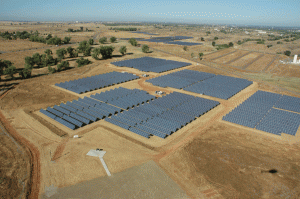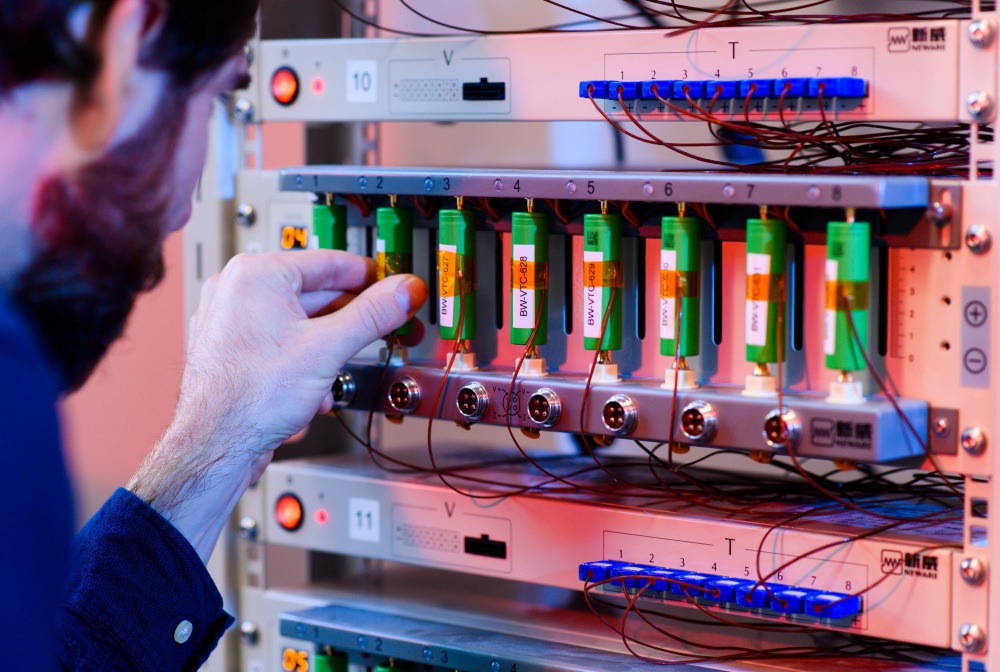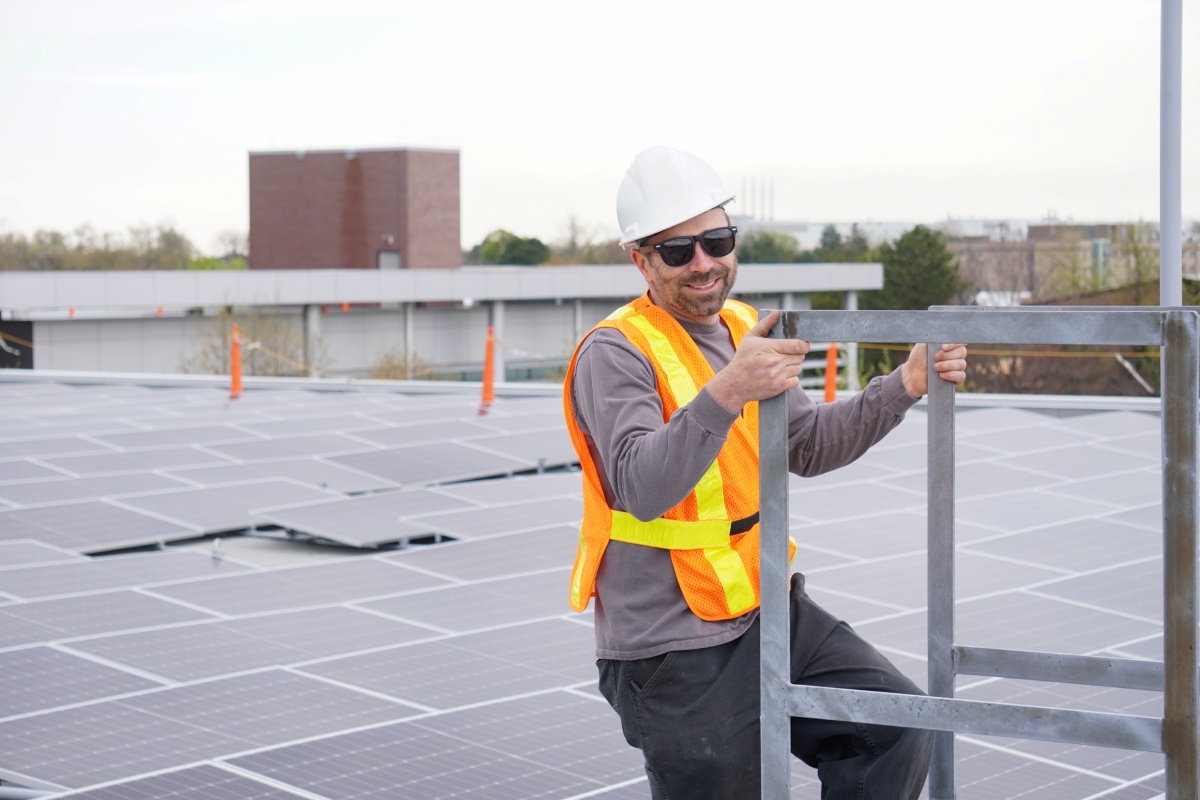Not Sitting Idly By
Just because a site can’t be built on for human inhabitance doesn’t mean there isn’t a positive use for it.
Last year, Solar Power Inc. (SPI) completed a 6-MW solar system on land the Environmental Protection Agency (EPA) labeled as hazardous. The project presented a unique opportunity for the country. Nearly 15 million acres of EPA tracked land now has the potential for renewable energy production after the success of SPI’s 40-acre system in California.
The hazardous site belongs to Aerojet, a major space and defense contractor specializing in missile and space propulsion. In 1953, the company acquired land in Sacramento that was formerly a gold mining area relatively distant from surrounding residential areas and a half-mile from the American River. Aerojet purchased the 5,900-acre property to test solid and liquid fuel rocket propulsion systems to support national defense, space exploration and satellite deployment.
The company’s use of trichloroethylene (TCE) for cleaning and degreasing, perchlorate as an oxidizer and N-nitrosodimethylamine (NDMA), which is formed during combustion of fuels, eventually led to soil and groundwater contamination at the Aerojet site. The EPA added the facility to the National Priorities List (NPL) in 1983, and remediation began soon after. Groundwater extraction and treatment facilities sprung up to protect water before entering the American River.
Labeled as a “brownfield” — a site previously used for industrial purposes that has been deemed contaminated or hazardous but could be reused if cleaned — the Aerojet facility has been reviewed regularly by the EPA and community stakeholders. As the Sacramento area grew, more residential and commercial areas were built near the company’s testing site. It takes a great deal of energy to ensure the area is safe and power Aerojet’s extensive groundwater treatment. In order to offset energy costs and use otherwise idle land, the company explored the option of installing solar panel systems.
Solar Power Inc. was chosen in February 2009 to install the system because of its strong sustainability standards and cost-efficient practices. Mike Anderson, vice president of corporate communications at SPI, says the company was aware of the precautions and safety necessary for this project.
“We had to be very careful with the way that we treated the soils,” Anderson says. “We minimized the amount of excavation that we did out there. We basically skimmed the earth to cut back weeds so we would have a flat field to play on. We minimized the amount of grading that we had to do — virtually left the land untouched, compared with other more common construction techniques in the installation of similar structures.”
Because of the concern with the soil surrounding the Aerojet site, installation was key. SPI used pile drivers that pressed I-beams into the ground using high-speed vibration rather than digging holes.

“It minimizes the amount of disruption to the soils, and if you’ve got a contaminated soil condition, it’s the most careful way to get those into the ground that current technology will allow,” Anderson says.
None of the 22 tracking arrays with more than 29,000 205-W PV modules were built on high-risk areas of the Aerojet facility, but SPI still aimed to make as little disturbance as possible. Areas were set aside so groundwater monitoring wells could be located in the future as needed. And other environmental aspects had to be considered, including wetlands and endangered species.
“There are oak trees out there [at the Aerojet site] and there are wetlands where water stands during the rainy seasons and we had to leave those areas untouched,” Anderson says. “We had to design our array to use the least possible amount of land.”
The project was split into two sections; a 3.6-MW system was completed in November 2009 while the 2.4-MW addition joined the grid in June 2010. Anderson says everything was completed on time, on target and on budget with no accidents.
“The more people you have on a site, the more activities you have on a site — you not only increase costs, you increase the opportunity for someone to get hurt because you have more people on site, you have more equipment rolling around,” he says. “By having basically one piece of equipment with two men operating it — it has to mitigate risk at some point just by sheer probability.”
The high-speed vibrating pile drivers reduced the amount of man-power necessary for the project, also providing a cleaner worksite with less dust.
“Mitigating the dust and minimizing the noise is something that we’re very conscious of,” Anderson says of all SPI projects. “We want to be an environmental asset to a community from the very beginning. So being very mindful of how we work with a community to minimize all those issues, we have a much lighter impact on the community to the point that we have the asset up and running, contributing to the community with a minimal profile from a construction standpoint. And that’s always a goal for us.”
The EPA used the project in a case study, presenting it as an example of successful teamwork at a seminar in Los Angeles in July 2010.
“The goal of the EPA during that seminar was to really figure out how they could work in a less bureaucratic way with companies like us to enable the rapid uptake of approximately 15 million acres across the country,” Anderson says. Not all 15 million acres of brownfields may be qualified as renewable energy sites, but there is enough to make an impact. Anderson says the Aerojet project held a significant social accomplishment.
The 6 MW of solar power produced at the Aerojet site will power more than 20 percent of the company’s water remediation program. During its first year, the system is estimated to offset 6,000 tons of carbon dioxide, 23.8 tons of sulfur dioxide and 9.3 tons of nitrogen oxide that would have otherwise been produced using fossil fuel power production. This is equivalent to compensating for 11.8 million automobile-miles driven or planting 1.3 million trees.
Overall, the outcome of the Aerojet project was a positive experience for all.
“The EPA was providing oversight throughout the whole process [and was] extremely pleased with the way that Aerojet and SPI worked together to be able to not create any additional issues relative to the state of the land and convert an environmentally blighted area into an environmental asset,” Anderson says. “I thought that was a significant accomplishment for all of us.”






Comments are closed here.